With a different era comes a new trend in advertising and marketing your business, and one of it is digital signages, which became a necessity for many small and large businesses. Signages provide marketing to set a consumer base while ensuring brand awareness. Additionally, these signages are well-designed to appeal to the market.
Moreover, using digital signages can give you many benefits such as waste reduction, considering digital displays can last long even when you’re regularly changing content. Also, most digital signages use light-emitting diodes (LED) and energy-efficient systems to lessen power consumption, making them cheaper to use.
To fully grasp the concept of digital signages you use today, it’s necessary to look back and see how they evolved:
Pre-Digital Era
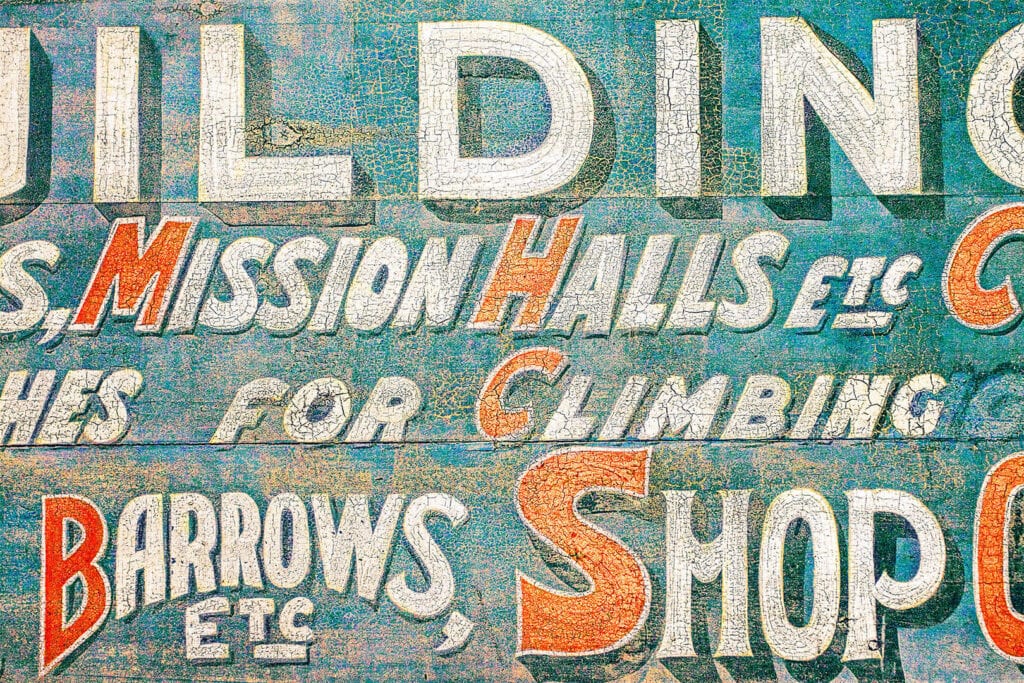
Most signages back then consist of names and a few design cues incorporated by business owners. These advertisements were made or written by artists and shop owners by hand. Since marketing during this time didn’t yet understand the importance of signages, it only served as information points.
The battle for consumer attention was fought by basic means as signages consisted of paints, drawings, and paper to fully elaborate the business’s context, content, and target audience. Thus, storefronts and businesses consisted of witty names to attract the market.
In today’s present digital signages, the modern way of designing is taking over the world by storm. To elaborate, contacting professional designers such as www.mandoemedia.com and others like them could help you in learning about the modern way of doing signages and how it has become more relevant today.
The Next Phase
As years passed by, signages also evolved as mass media became involved with advertising and marketing. During these times, the media was still the prime mover of information, and businesses needed to use it for promoting their services. With magazines and newspapers allowing advertisements, organizations can incorporate pictures and illustrations to capture the audience’s attention.
This was when most marketing specialists realized stimulation was a significant factor in attracting consumers, so brands used the newly invented televisions to capture and show images of their products to the viewers.
Technological Advancements
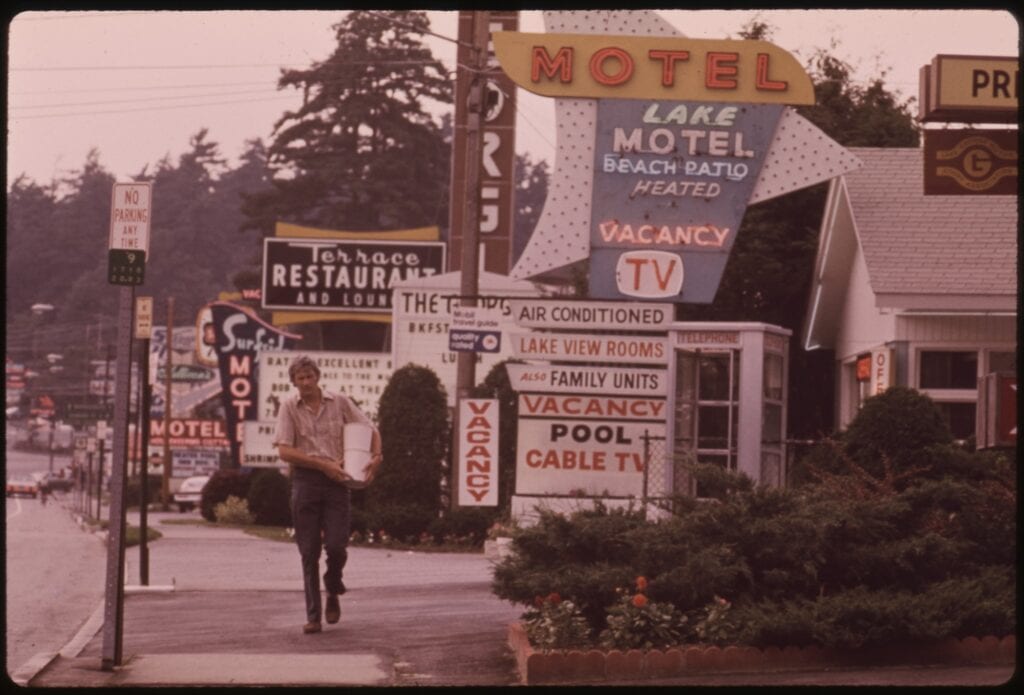
Around the late 1960s, technology slowly became more advanced and more affordable to most of the world. This was the time where marketing needed to focus more on technology as an essential tool for marketing, not to mention the availability of electricity and light, which has become a standard for most homes and businesses.
With these advancements, neon signages became the next step of evolution for displays. Business owners understood one thing in this era: neon light catches the eye of any customers, especially since this was a new invention. However, it didn’t stop there as technological advancements came rushing in, providing a gateway for advertising and marketing to reach their peak.
Leveraging innovations like the internet and computers, these advancements slowly paved the way for digital signages today. Here are some technological advancements essential in creating modern designs:
High-definition Signage Displays

Slowly, as technology rose and the internet spread across the globe, television became more affordable. Additionally, it has also advanced to the point of providing clearer images. Thus, the availability and affordability of high-definition screens increased.
As a result, more advertisers and business owners look to televisions and screens to market their new products and businesses. Additionally, large advertising firms looked for large screens as a format to display ads in areas with high foot traffic.
Nowadays, digital and graphic imaging is increasing yearly as high-definition displays slowly become cheaper.
Digital Signage Media Players
Inventions of tapes became a gateway to the eventual creation of disks and drivers for storing files and videos. Additionally, computers slowly became more advanced, allowing the ability to read a large amount of data and information.
This paved the way for businesses to use media players as a common item in any store. With such, many business owners can replay or reuse images and videos. Additionally, advancements have grown to the extent of televisions having incorporated media playing within their system.
More Technological Improvements
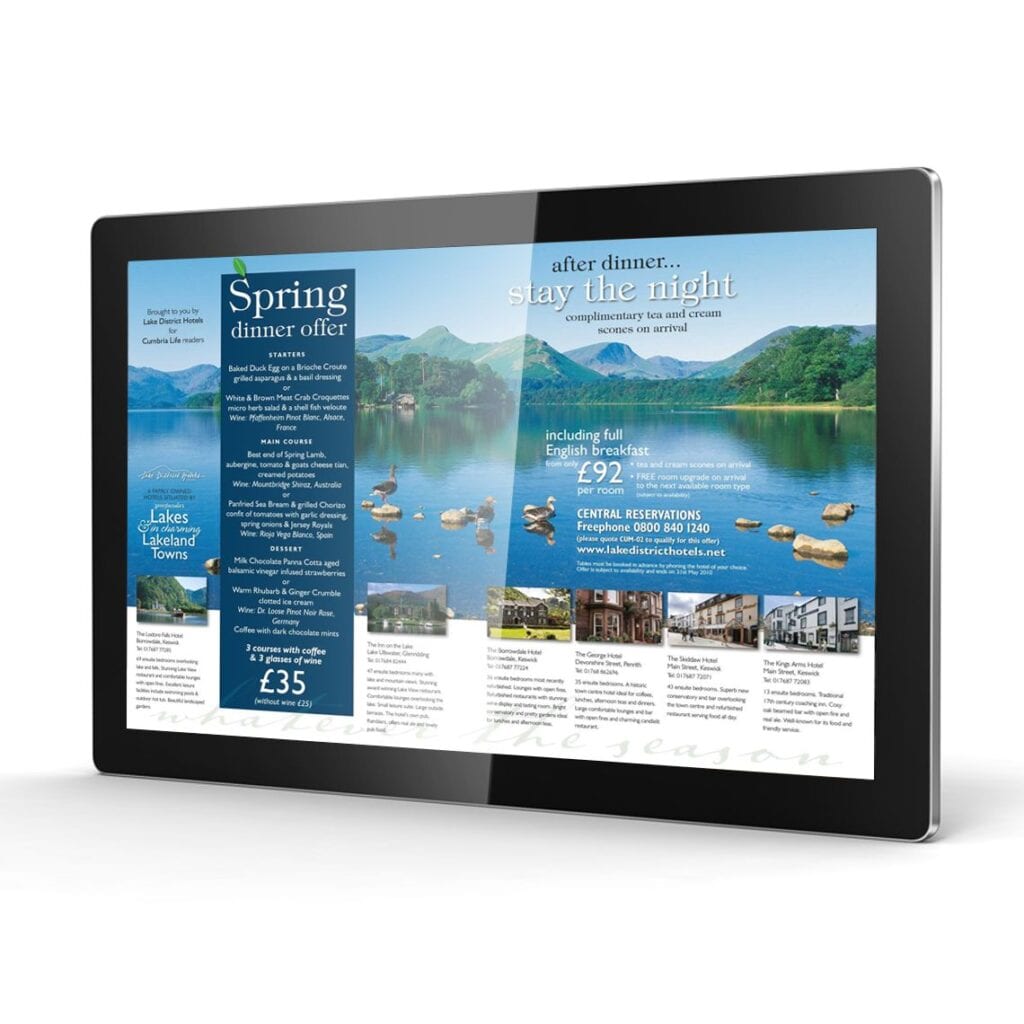
Besides the previous advancements of technology contributing to modern digital signages, more factors made digital display advanced. Here are some of them:
Intelligent Brightness Controls
Since most digital signages are placed outside, there’s a need to control the system, and the use of smart brightness controls did so. This clarifies the images and videos during the daytime while preventing overuse of lighting during cloudy days or night time.
Data-rich Applications
This trend pushed the need to incorporate faster wireless internet, considering most displays will need a connection to work efficiently, allowing more optimized advertising and use of digital signages. Furthermore, it increases the functionality of live streaming and gameplay.
Unique Visual Experience
With more and more unique graphic designs becoming available every day, it’s necessary to provide a new and improved experience. While some used a holographic approach, others tried to improve the quality by providing an almost borderless digital display.
Present Digital Signages
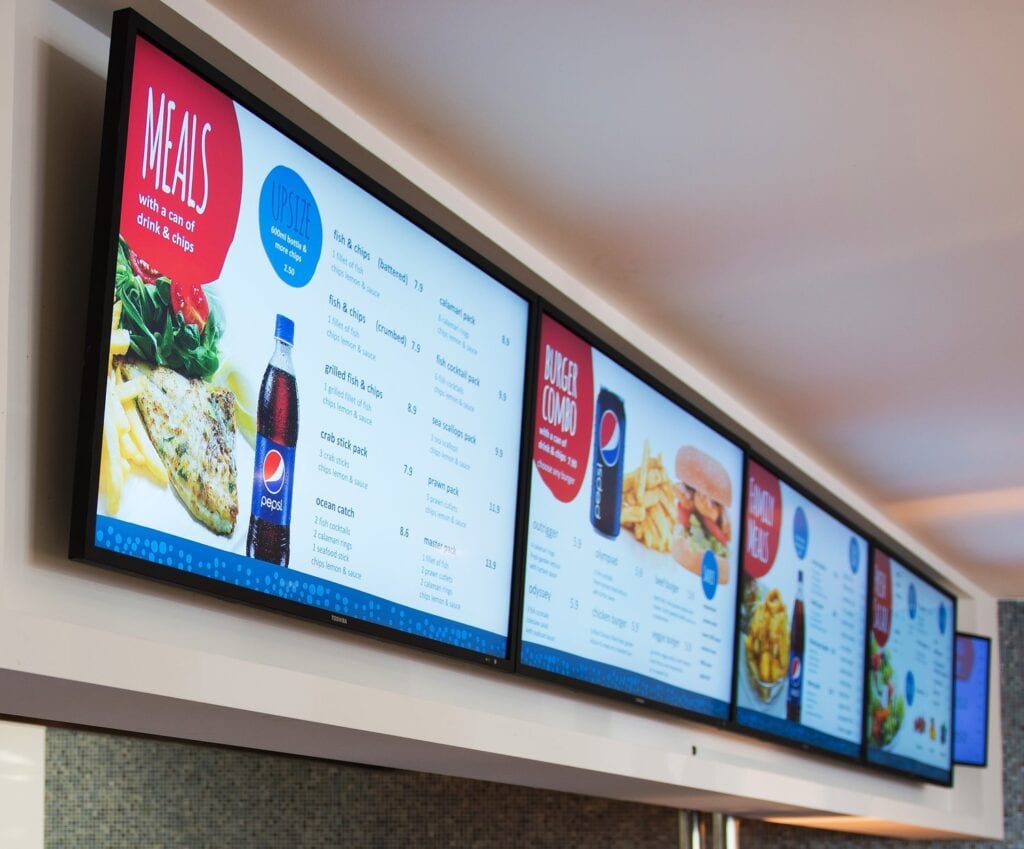
The modern age of digital displays incorporates every technological advancement mentioned to provide interactive ads, resulting in an even more unique visual experience for any consumer. For instance, with sensors and video mapping, displays can now catch and analyze hand movements to help interact with various elements.
In some cases, advertisers and business owners even incorporate games and trivia to help create a more immersive experience for the customer. Others utilize a more practical approach wherein business owners allow the customer to use a mouse and keyboard to help search for the right product or service.
In today’s present digital signages, traditional methods are still important for modern designs. To elaborate, contacting professional designers such as www.mandoemedia.com and others like them could help you in learning about the traditional way of doing signages and how it’s still relevant today.
Most Common Interactive Approach
Currently, most digital signages have an even more advanced feature, which allows customers to touch the screen for their use. Much like smartphones, digital displays have reached the point of interactivity and immersion, eliminating the need for hand gestures, keyboards, or mouses.
By simply touching the screen, coupled with the right features from cameras, sensors, and readers, you can now use signages as a tool for the modern consumer.
Conclusion
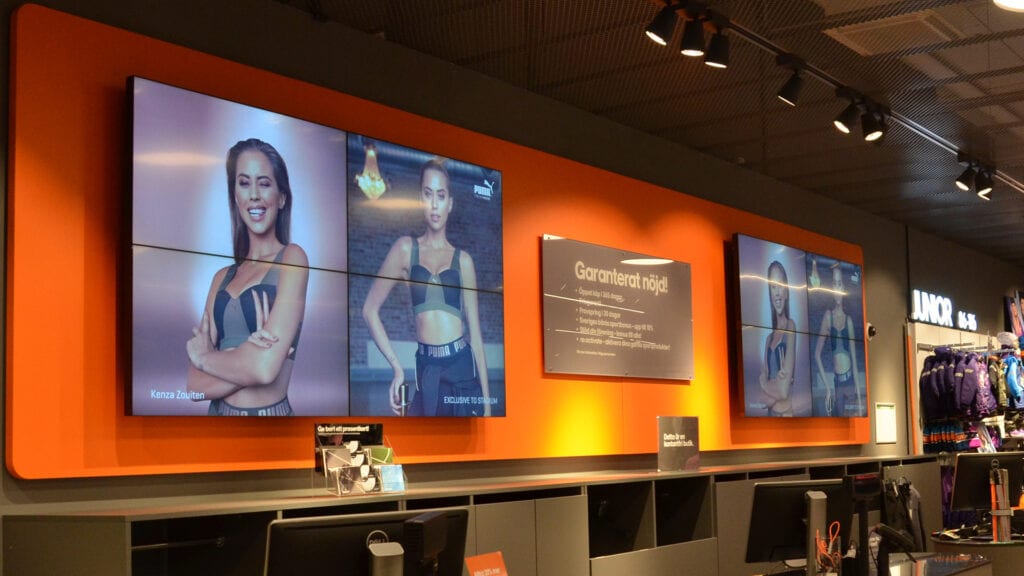
Digital displays have evolved tremendously over the centuries. From simple pen and paper to complicated advanced machinery, it has changed to provide more benefits to consumers. Now, the current battle for consumer attention isn’t only in the quality of art displayed, but in the realm of functionality as well.
As technology evolves, the function and features become better on the horizon. Knowing the history makes you wonder what developments will be available in the future. Using digital signages for your business would be beneficial for the years to come, so knowing its history is significant for your organization as you move forward. Check here for more information.
 Imagup General Magazine 2024
Imagup General Magazine 2024



